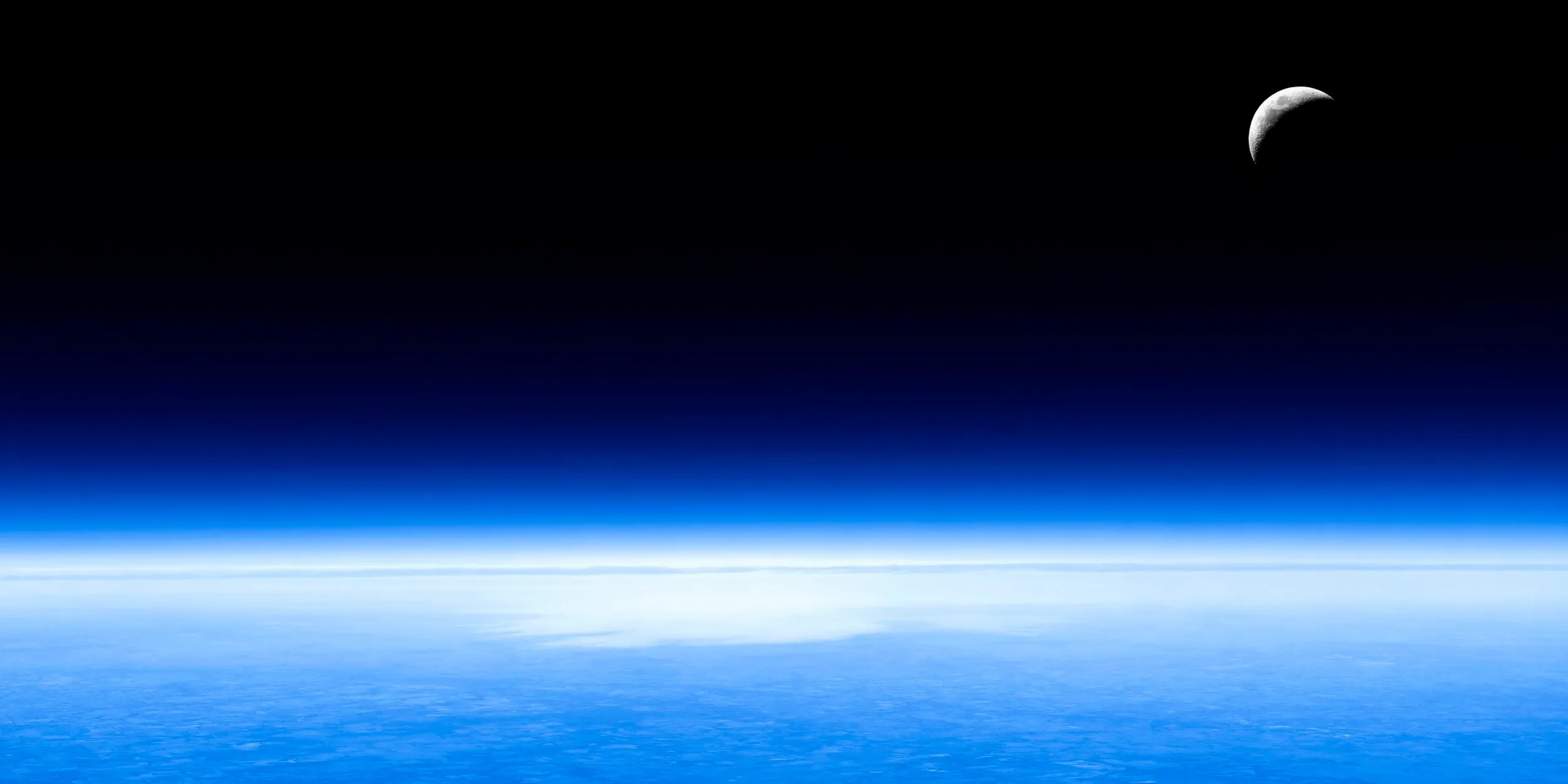The Kármán line lacks a specific national demarcation, resembling the concept of international waters.
About Karman Line:
- Located at 100 km (62 miles) above sea level, it is an imaginary line that demarcates the earth’s atmosphere from space.
- It was established in the 1960s by a record-keeping body called the Fédération Aéronautique Internationale (FAI).
- It was named after aerospace pioneer Theodore von Kármán.
- Though not all scientists and spacefarers accept it (for example, the Federal Aviation Administration, NASA, and the U.S. military place the line between outer space and the atmosphere at 80 km (50 miles) above the Earth’s surface) , a majority of countries and space organisations recognise this boundary between earthsky and space.
- It is based on physical reality in the sense that it roughly marks the altitude where traditional aircraft can no longer effectively fly.
- Anything traveling above the Kármán line needs a propulsion system that doesn’t rely on lift generated by Earth’s atmosphere—the air is simply too thin that high up.
- In other words, the Kármán line is where the physical laws governing a craft’s ability to fly shift.
- Anyone who crosses this line qualifies as an astronaut.
- Why do we need a Kármán line?
- The 1967 Outer Space Treaty says that space should be accessible to all countries and can be freely and scientifically investigated.
- Defining a legal boundary of what and where space can help avoid disputes and keep track of space activities and human space travel.




